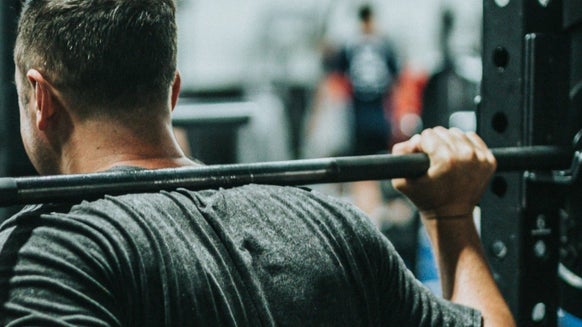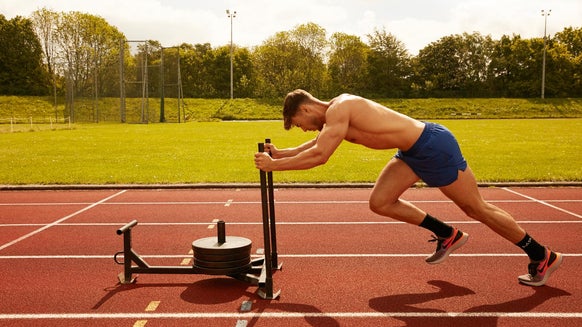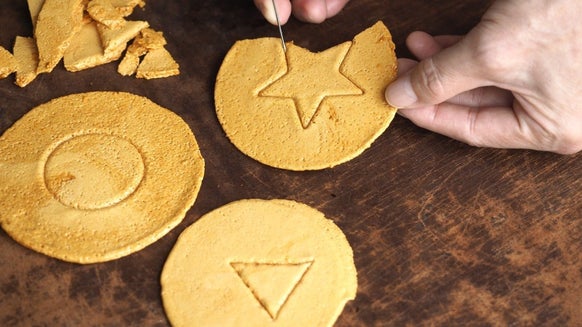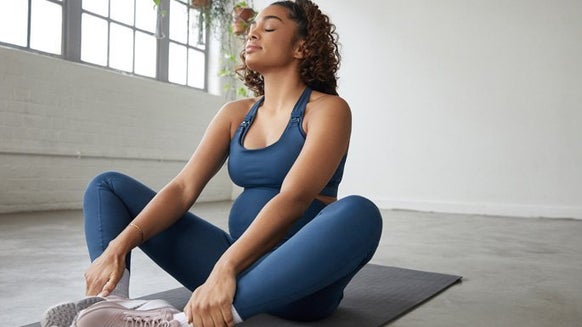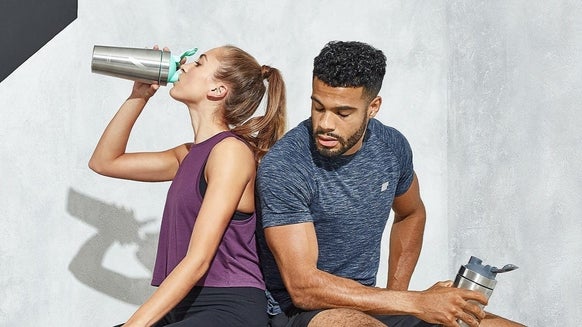Beginner Chest Workouts | The Best Exercises For Your Upper And Lower Chest
Perhaps the most aesthetically pleasing group of muscles is the well-developed, muscular chest. Chest training has gained immense popularity amongst gym-goers and is a firm favourite with beginners and seasoned gym enthusiasts alike.
With this said, what are the best chest exercises for beginners to develop their muscles? Does a beginner chest workout need to be different from the workout of someone who has been training for many years?
We’re going to answer your questions and give you the best exercises that will help you build bigger pecs.
Chest activation
The chest muscles are activated through two directional movements — pushing and pulling. Both movements are important for a well-developed chest, but beginners should focus mainly on pushing movements. That’s because pushing allows for a far greater load to be used, and lifting heavier will enable you to develop a greater amount of muscle mass.
The 4 best chest exercises for beginners
1. The bench press
No beginner chest workout would be complete without the bench press. The bench press is arguably the most popular exercise in the gym for chest development. The bench press heavily involves the large muscle groups of the chest, the shoulders, as well as the triceps. You can do the bench press either with more or fewer repetitions, as well as with heavy or light loads.
How to do the bench press – beginner tutorial
https://youtu.be/d0eLSy44ov4
1. Lie flat on the bench press and grip the bar, with your hands just wider than your shoulders.
2. Brace your whole body and lift the bar off the rack.
3. Slowly lower the bar so that it touches your chest and hold this position for a second.
4. Push the bar up in a fixed-line until your arms straighten. Hold this position for a second before repeating the process.
5. Make sure your feet are flat on the floor at all times, with your hips on the bench.
6. Aim for 3 sets of 6 to 12 repetitions.
Common mistakes and how to fix them
While the bench press is a simple exercise, it’s easy to make mistakes which could make the exercise less effective and even increase the risk of injury. It’s important to that you do full reps, all the way up and down. If too much weight is on the bar, and you can only complete partial reps, this will reduce the ability for your muscles to grow. You’ll only be lifting the weights with a more minimal range of motion — so ensure you’re doing full reps to get the most out of the exercise.
It’s also important to not put too much strain on your shoulders — as this can increase your risk of developing a rotator cuff injury. Make sure your technique is correct and the weight is not too heavy — no ego lifting. Keep your elbows tight and pulled into your side (lats). Don’t let your elbows flare out.
Don’t be afraid to ask someone to spot you. When beginning to learn the bench press, it might be useful to have a spotter standing by to help you — in case you get stuck. The spotter should not be doing the work for you, but only assisting if you can’t finish a rep.
2. Dumbbell Flyes
Dumbbell flyes, are an isolation exercise and are usually performed after big compound lifts, like the bench and incline press.
There’s no need to lift as heavy too, as dumbbell flyes are usually completed with lower weights — focusing on the form and squeeze held with every rep. Dumbbell flyes are an excellent finishing move and a great way to isolate your chest after a lot of pressing exercises.
How to do the dumbbell flyes — beginner tutorial
https://youtu.be/mFmgYDPFCOw
1. Sit down on a flat bench with a dumbbell in each hand resting on your thighs. (The palms of your hands should be facing each other).
2. Lower yourself down until you’re lying flat. The dumbbell should remain close to your chest.
3. Once you’re lying flat, press the dumbbells up above your chest. This is your starting position.
4. With a slight bend in your elbows, lower your arms laterally until you feel a stretch in your chest. The dumbbells should be level with your chest on both sides.
5. Return your arms to the starting position and squeeze your pecs together. Remember to keep your arms steady throughout the movement.
6. Don’t let the dumbbells touch as they meet at the top, holding for a second in the contracted position. Repeat the movement for the number of reps you need.
3. Incline chest press
One of the most difficult areas of the chest to develop is the upper chest, where the muscle sits under the collar bone. By using an incline movement, the upper fibres of the chest are involved more and are thus more likely to develop and grow.
How to do the incline chest press — beginner tutorial
https://youtu.be/uKZYKoxis-I
1. Lie on the incline bench press and grip the bar with your hands just wider than your shoulders.
2. Brace your whole body and lift the bar off the rack.
3. Slowly lower the bar so that it touches the top of your chest and hold this position for a second.
4. Push the bar up in a fixed-line until your arms straighten. Hold this position for a second before repeating the process.
5. Make sure your feet are flat on the floor at all times, with your hips on the bench.
6. Aim for 3 sets of 6 to 12 repetitions.
Common mistakes and how to fix them
If you’re new to the incline chest press, it’s better to start off with a lighter weight. Ignoring form and trying to lift heavy is one of the most common mistakes people make when trying to hit the bench press.
It can take a while to master the correct balance with your arms lifting at a slightly different angle to the standard bench press. Make sure to do full reps, all the way up and down, for maximum growth.
4. The push-up
The push-up is often overlooked but, when done correctly, is an excellent exercise for developing your chest and shoulders. It also helps develop your arms and core. Best of all, the push-up doesn’t require any equipment and can be done either at home or in the gym.
How to do the push-up – beginner tutorial
https://youtu.be/_Luxy8rPzuU
1. Lie face down, with your palms on the floor, next to your shoulders. You can also use a bench.
2. Keeping your back straight, push your hands into the ground so that your torso lifts upwards off the floor. Make sure your hands, wrists, and elbows stay in a straight line throughout the movement.
3. At the top, hold this position for a second and then lower yourself back down to your starting position. Hold this for a second and then repeat the above steps.
4. Keep your core locked as tight as possible throughout.
5. Aim to complete 10 reps.
Take home message
We've looked at some of the best exercises to get a bigger, more well-developed chest. As a beginner, it is a good idea to have a spotter close by in case you require any help.
Remember to always use a full range of motion, with a controlled technique to get the most out of your workout. Once you feel you're comfortably completing each exercise with your target reps and sets, look at adding additional weight to keep the exercise effective — to help add size to your chest.
Casein Vs. Whey Protein | What's The Difference?
Whey? Casein? Both? Which should you choose?
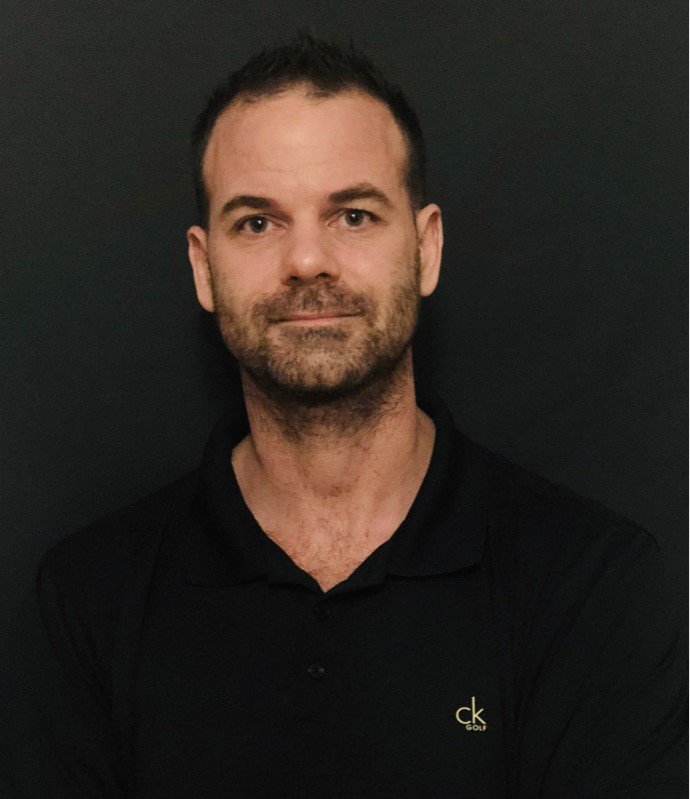
Grant is a sports nutritionist and certified strength coach. He has multiple postgraduate diplomas in nutrition and strength coaching as well as a Master’s degree in Sports and Exercise Nutrition, with a specific focus on protein. Grant has worked in the fitness industry for well over a decade and has helped coach professional athletes and sports teams, as well as the average gym-goer looking to get in the best shape possible. He now spends most of his working time teaching fitness professionals and coaching people remotely.
He’s a big believer in practising what he preaches and has been involved in resistance training and martial arts for over 20 years. In his spare time, Grant enjoys being with his wife and daughter as well as the family dogs and catching up on the latest Netflix series.
Find out more about Grant’s experience here and about his personal training here.


